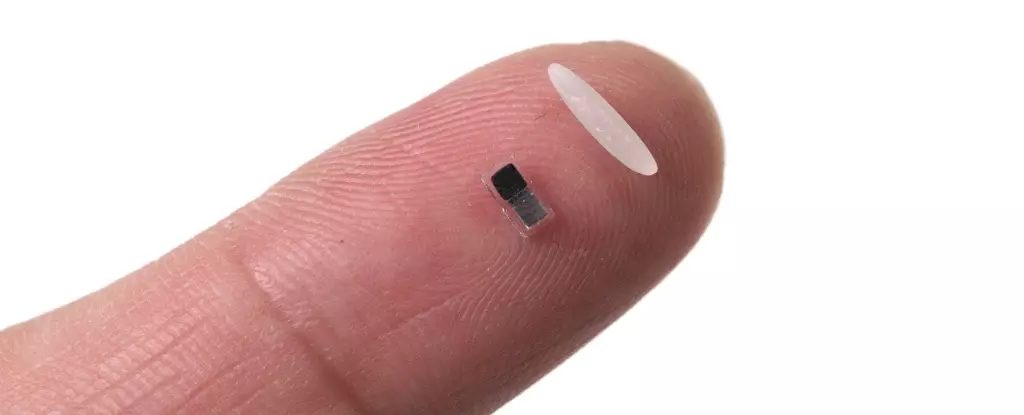In a remarkable leap forward in cardiovascular medicine, scientists have announced the creation of the world’s tiniest pacemaker, a groundbreaking device that holds the power to redefine how we approach heart health. Smaller than a grain of rice and designed for both temporary use and user-friendly control, this innovative pacemaker can be injected, powered by light, and ultimately dissolves within the body. While still a few years away from human trials, the potential to significantly improve the quality of life for countless individuals is a promising reality on the horizon.
The Need for Innovation
Millions around the globe rely on permanent pacemakers to maintain a steady heartbeat, of which the conventional models have major drawbacks. For children born with congenital heart defects and adults recovering from cardiac surgery, the daunting complexity of currently available temporary pacemakers poses a significant challenge. Current designs involve invasive surgical procedures, where electrodes are implanted into the heart muscle, requiring cumbersome wires to connect to external devices. This multifaceted process raises risks of additional complications during removal, as evidenced by the tragic fate of astronaut Neil Armstrong, who succumbed to internal bleeding following such a procedure in 2012.
In recognizing these shortcomings, a team of researchers led by John Rogers at Northwestern University has sought to change the paradigm altogether. Their revolutionary wireless pacemaker eliminates the need for invasive procedures and the associated risks. This truly is a transformative breakthrough, as its dissolution mechanism allows natural recovery without undesired interventions.
The Cutting-Edge Technology
Characterized by its minuscule dimensions—a mere millimeter thick and 3.5 millimeters long—this pacemaker boasts a design tailored for seamless integration into the human body. Powered by a galvanic cell, it harnesses the body’s own fluids to convert chemical energy into necessary electrical pulses. Furthermore, the pacemaker responds intelligently to heart activity through a soft patch worn on the patient’s chest. This patch detects irregularities and issues light signals that direct the pacemaker to stimulate the heart, providing precise control and eliminating the need for cumbersome wires.
This technology is more than just a step forward for cardiology; it embodies significant implications for the future of medical devices. By marrying biocompatibility with advanced engineering, it opens wide avenues for application in areas such as nerve regeneration, wound healing, and integrated smart implants. This is a domain that has long been waiting for transformative solutions.
Future Directions and Implications
Looking ahead, the timeline to human testing, estimated by Rogers to be within two to three years, holds exciting possibilities. The collective desire to aid children with heart defects, along with potential applications for adults recovering from heart surgery, marks this device as a beacon of hope for various patient demographics.
Moreover, the underlying technology could usher in a new era of bioelectronic medicine. Experts like Bozhi Tian, a prominent researcher in light-activated pacemakers, view this advancement as a “significant leap forward.” These sentiments resonate strongly, as the fundamental shifts this technology presents can pave the way for novel treatment strategies and interventions across multiple disciplines. This pacemaker exemplifies how a singular innovation can serve as a catalyst for a cascade of advancements in medical science.
A Call for Optimism in Heart Health
Heart disease, as highlighted by the World Health Organization, remains the foremost cause of mortality globally, implicating the urgent need for innovations that can comprehensively address cardiovascular health. The arrival of this tiny pacemaker not only signifies a breakthrough in temporary cardiac pacing but also embodies a larger movement towards efficacious, minimally invasive medical technologies. It is an exhilarating moment for researchers, clinicians, and patients alike, igniting optimism that future cardiovascular challenges can be met with ingenuity and courage.
While the journey from laboratory success to clinical application remains, the advancements showcased are more than mere technical accomplishments; they are milestones that resonate deeply with the essential ethos of medicine: to heal, to innovate, and to provide hope where it is most needed.


Leave a Reply